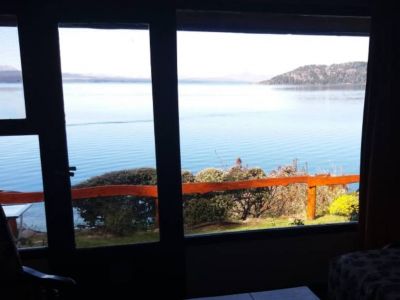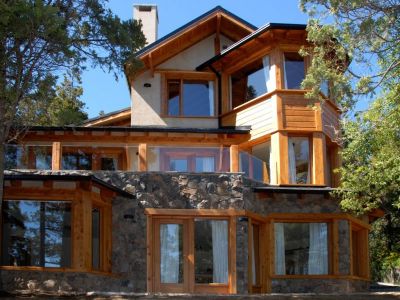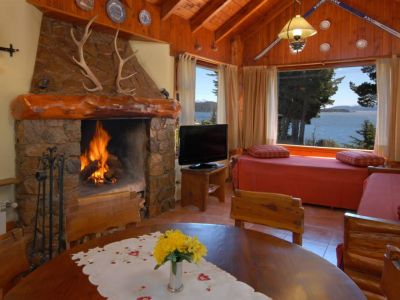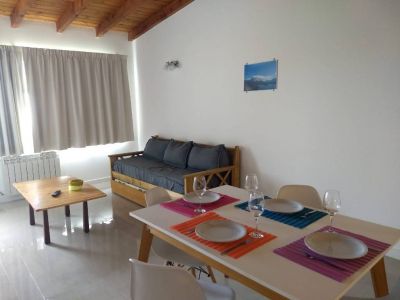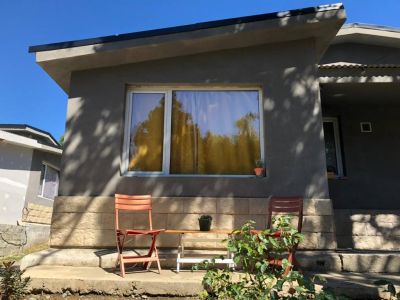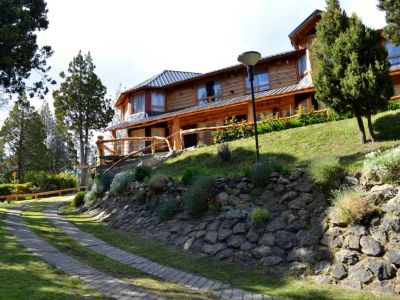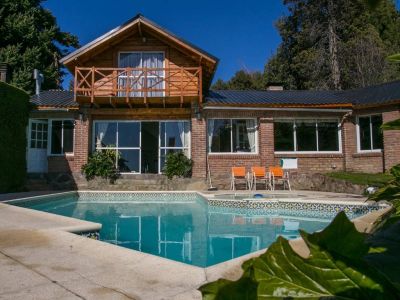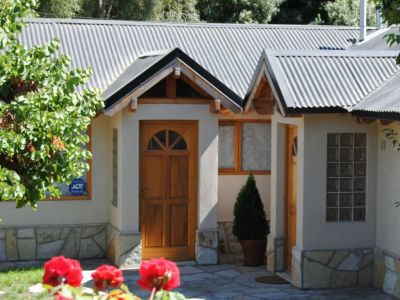“How is chocolate en rama made? Have you ever seen how it is made?”, were the two questions we our lips were holding as we entered Frantom Chocolate Factory. The typical aroma of this exquisite food based on cocoa penetrated our noses. A cozy venue opposite the lake featuring the typical architecture of Bariloche and wooden decoration on the floors and rustic counters provides a cozy touch to this chocolate shop. Through the windows of the production area, we could witness how masterfully the chocolate maker would handle spatulas, timing and temperature in a magnificent fashion in order to give shape to chocolate en rama. A local guide explained the steps Manuel Figueroa, the chocolate maker, was taking on the large marble worktop. Someone handed him a huge stainless steel pot containing warm chocolate with a nice color and glow.
Aromas of Chocolate en Rama
Manuel spread a stripe of chocolate of almost three meters of length and 20 centimeters of width with the spatula over the worktop. He waited for the right time before he started folding the chocolate. With simple and accurate moves, he started to wrinkle the chocolate by moving it. Thus, the bark-like sticks began to take shape. Due to its high protein and calorie content, chocolate is considered to be ideal in the cold mountain weather. However, it is known that chocolate making and consumption were unknown by both the criollos and the mapuches.
Centuries of History
The cocoa tree is native from the Gulf of Mexico. Aztecs and Mayas would use it as a drink as well as currency. They invented a bitter beverage consumed by kings and noblemen in their sacred rituals. It was the Spaniards who took it to Europe from America. Italy, England, Spain and Switzerland refined the product through the centuries. The chocolate tradition experienced several variations regarding cocoa, cocoa butter, sugar and milk. Through the blending process, diverse kinds of chocolate were obtained, both as a spirit and as a dessert. It reached Bariloche along with the European immigrants in the nineteenth and twentieth centuries. New recipes began to pass on the techniques to make chocolate, the taste for craft products and the inclusion of local fine fruit and nuts. Manolo, as he is called by his co-workers, talked with us for a few minutes. “The temperature of the chocolate in the pot was between 40 and 48 degrees Celsius and it had to drop to 28/29. To the touch and sliding my hand softly over the coating, I know when it is the right time to raise the paste with the spatula.” In the meantime, we would observe how two children enjoyed chocolate en rama. They would tear it apart in their mouth and show pleasure to do it. Their hands and cheeks were covered in the brown paste. We learned about a new business with long chocolate experience inherited from their elders and preserved and improved without altering the product. Wide-known and almost addictive, the proposal is not to keep this chocolate for longer than 6 months. We consider ourselves to be part of the group claiming: “It is best to eat it”. Mónica Pons
Eduardo Epifanio
Contact of the excursion or tour
Chocolateria Frantom
J. M. de Rosas esq.Panozzi, San Carlos de Bariloche, Río Negro, Argentina
Phone: +54 294-4522391
















